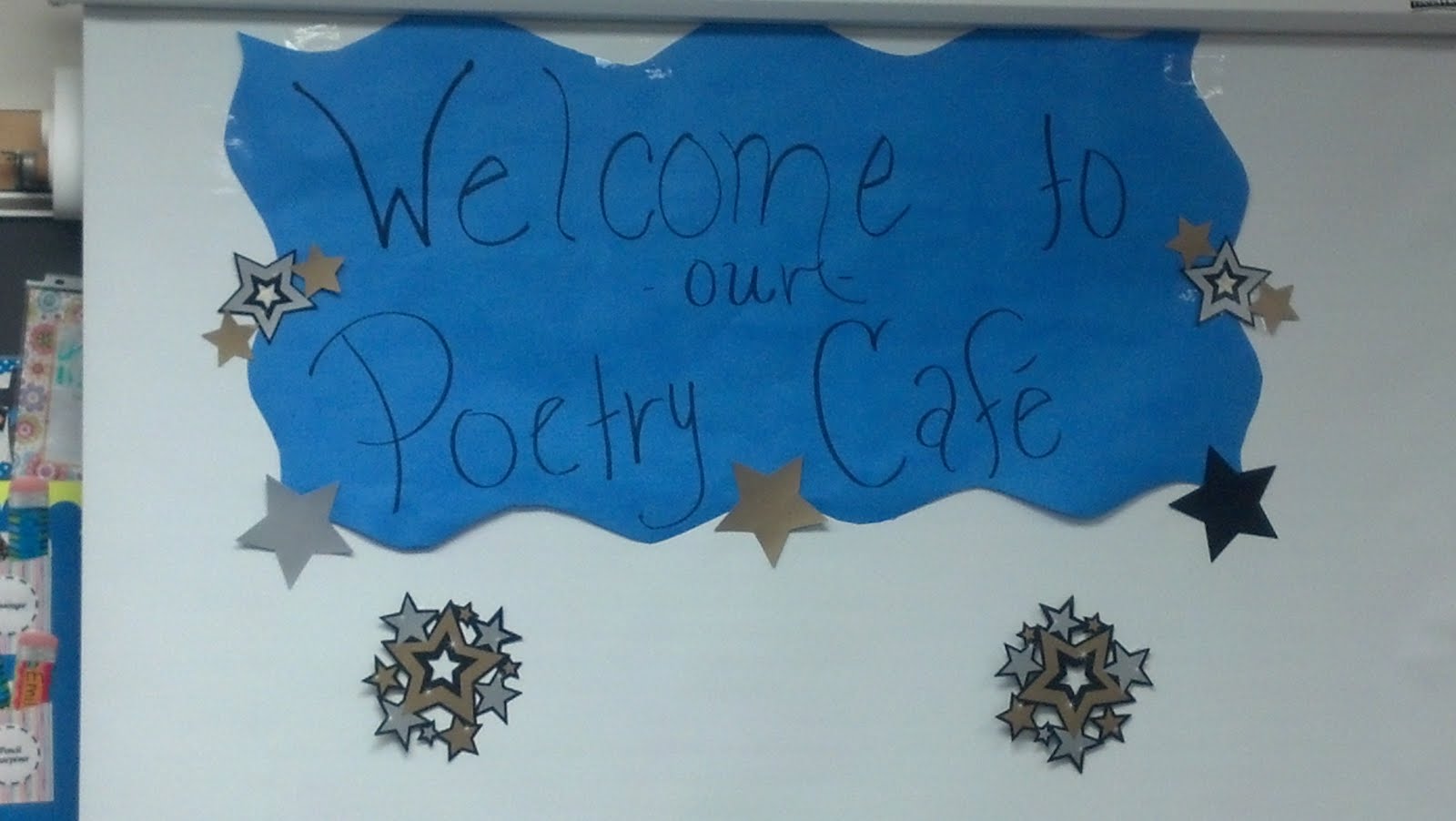This month, I am in residence at Northfield Elementary School.
One of the lessons the third grade team likes to do with their students is on stanzas. Thanks to fellow Maryland State Arts Council artist-in-residence Rosanne Singer, who shared a version of this lesson with me in my early days with the program.
The skills we aim for in this lesson are organizing ideas and working within a theme. We use opposites to make it simple. Since opposites comes in pairs, the
children quickly understand that our poems with have two parts. For some writers, the result will be a two-part list poem. Other will extend this to add descriptions -- active verbs, setting, vivid adjectives.
 |
| Dark and light is one suggested topic for this poem. |
In poetry, we have something like paragraphs to organize ideas. The fancy poetry word is "stanza."
I love the word stanza because it means "room" in Italian. Therefore, when you read a poem with multiple stanzas, you can imagine walking through the rooms of a house. Each room is organized around its own purpose and contains the appropriate items. You wouldn't keep your blender in the bathroom, right? (For a poem on this topic, see Robin Hirsch's "You Enter a Poem," from the fabulous book, FEG.)
I use a cooperative activity to help the students brainstorm opposites. It's a little matching game.
Everyone gets a card with one half of an opposite face-down on his or her desk. The card might say "Night" or "Big" or "Delicious." I explain that during this quiet activity, each student must find his or her partner (Day, Small, Disgusting). Once they've found each other, the pair will write their opposite words on the board. I time them, just for fun, and make it a competition between the classes. The world record is 24 seconds. Most classes can do it under 45 seconds -- a good indicator of how well they can work together.
We talk about these word pairs and how they might be developed into a poem. This is how I sneak in the idea of a theme. So, the Night/Day poem might be about nocturnal and diurnal animals, or "things I like to do" at night time and in the day. The Big/Small poem lends itself to animals or nature. Delicious/Disgusting would be about food.
We might take a few minutes to generate additional opposites. Over the years, students have come up with some great ideas: wild vs. tame animals, real vs. mythological creatures, boring vs. exciting, happy and sad.
 |
| The mighty, mythological griffin. |
I'll post more of the lesson tomorrow. Here are a few of the third grade poems to whet your appetite. Thanks to the Northfield staff and families for giving me permission to share the poems.
Yummy & Disgusting
by Matt B.
Yummy food
Spaghetti is awesome dances
in my tummy, ice cream so freezing
I'm Frosty the Snowman. Soda, I can
slurp. I just need MORE!
Disgusting food
Onions, oh Onions, if there is one I
must throw up. Sauerkraut is very
weird, the shape, the taste, oh god
do I have to eat it? Cabbage is wet
it makes my hand soggy.
 |
| Thanks, wikipedia. |
Fun in the Sun
by Owen B.
In the summer you
go swimming with
the sun beating
on you. Sandcastle
building at the beach.
Plants growing taller
than you. Watering your
plants instead of school.
In the winter it's cold
when you're in the snow
when it's so white with
the quiet wind blowing
in your face.
Dry & Wet
by Bridget T.
Dry things are fun:
tanning in the hot sun pouring
down on you.
Walking in the warm sand.
Lying on a warm towel.
Wet things are awesome:
the big ocean.
The icy soda in your hands.
The cold hose on your
sink to wash the sand
off of your skin.


No comments:
Post a Comment